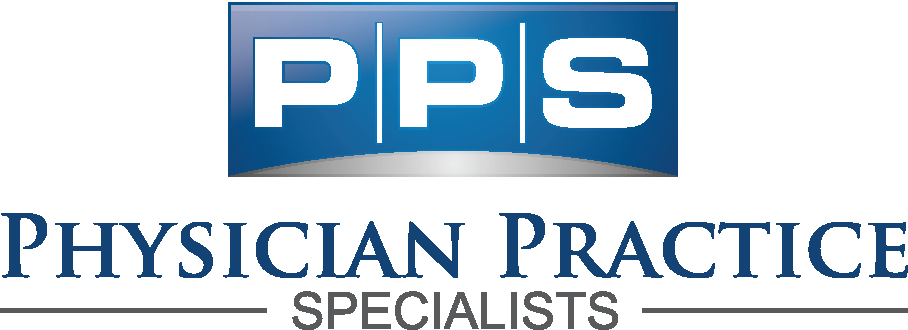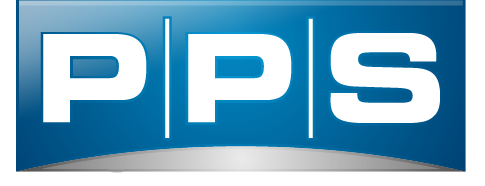- Individual NPI (Type I)- This is your Type I NPI and each provider is required to have one in order to submit claims. This individual NPI is linked to the group that claims are submitted under. If you’re a sole proprietor (not billing under a TAX ID/EIN) you will also use this to represent your group. It is the equivalent of your SSN number when it comes to billing. This will typically be the first thing you obtain when you’re getting ready to start working in the medical field. It’s an online application process and pretty straightforward.
- Group NPI (Type II)- Referred to as an organizational NPI or technically as a Type II NPI. Your type I NPI is for the individual while your Type II is for your TAX ID or for locations under your tax id. If you have multiple offices, you’ll have one Type II NPI that serves as your primary billing NPI then you’ll have additional NPIs for each location. Your individual NPI is listed on the claim form along with this Group NPI. Each provider is linked to the tax id and the group NPI during the credentialing process. You can find Type II NPIs under 32a and 33a on a standard 1500 claim form. Your Type II NPI must be applied for once you have your tax id and/or location.
- CAQH- Council of Quality Healthcare. Online repository used by insurance companies during the credentialing and recredentialing process. Each provider is issued a CAQH ID number along with a username and password. It’s important to keep this information securely stored as you need to attest your information every 90 days. See our article on CAQH credentialing for more information.
- Primary Source Verification or Provider Credentialing- many companies will use the information from CAQH to open the process. During this process, an credentialing rep verifies all of the information in CAQH or on the application and analyzes it for mismatched information or gaps in information. They determine if accurate information has been provided. Once all information has been verified, the application works its way through a variety of meetings for approval. Once approved, the application can then be sent to the contracting department for a contract to be created and sent to the provider for signature.
- Delegated Credentialing- When groups are large enough(Such as hospitals or universities) the payors can grant an addendum to a contract allowing the group to maintain their own credentialing. This saves time since the payors can be inundated with applications and get backlogged. With delegated credentialing, the group or it’s contracted company are responsible for completing the primary source verification process typically performed by the insurance company. It’s the responsibility of the delegated entity to ensure that all providers meet the standards as set forth by the insurance company. Once the provider is credentialed at the facility(such as a hospital) the entity would send each delegated payer a roster(typically once a month)showing all employed providers and any new additions since the last report.
- Insurance Contracting- This is exactly what it sounds like. The contracting department drafts a contract specific to the specialty and region the provider works in. The provider reviews and signs or reviews and requests modification until the contract is satisfactory to both parties. Medicare and Medicaid have their contract incorporated into the application process. However, Medicaid and Medicare advantage or managed care plans do need to contract your organization.
- Fee Schedule (Allowed Amount)- Your fee schedule is included in your contract with the insurance company(except for Medicare & Medicaid). These fee schedules state what the insurance company is willing to pay for services performed at your practice (allowed amount). If the allowed amount is $100 for a 99203, the insurance company is saying that this is what you should be paid. It doesn’t mean that the $100 will come from the insurer as most patients will have a coinsurance amount equal to 10-30%. This would mean that the insurance company would be $70-$90 and the patient would be responsible for the remaining balance. It’s important to load your fee schedules into your billing system so you can catch when payers are underpaying based on their contract. Medicare publishes a new fee schedule each year which includes all of the updated payment amounts for all CPT codes. This is why so many It would also allow you to perform real-time claim adjudication as detailed below
- Real-time claim adjudication- Instead of waiting for the insurance company to pay you for your services(20-40 days) then sending the patient a bill for their remaining balance, the real-time claim adjudication is the process where you actually process the claim in your office. This provides you with the real-time information to charge the patient whatever he/she is responsible for. If the patient has a $1000 deductible and only $500 has been met, there’s no reason to wait to get paid. You should charge the patient at the time of the visit for the services rendered. Many billing systems and clearinghouses have this function but you need to know what you allowable is for the service being rendered. This is why you need your fee schedule.
- Medicare Primary & Secondary- Medicare pays a standard 80% of their allowed amount and the patient is responsible for the coinsurance amount of 20%. Medicare also has a deductible which must be met before any payments are made which is typically around $300. When a patient has secondary insurance, that patient is paying to have the 20% covered by another insurance company. This could be Humana, BCBS, UHC, Medicaid or numerous other plans. When a patient has secondary insurance, the primary payer(Medicare) pays the 80% and forwards the claim to the secondary insurer in most cases. The secondary payer then sends you a check for the balance. When a patient has Medicaid, it’s unlikely that you’ll receive anything for the 20% coinsurance as 80% of the Medicare allowable is more than what the Medicaid pays.
- Linking- This is when a provider is credentialed, but does not have an individual contract. They are linked to a Tax ID that does have a contract. The linking process occurs after credentialing and typically takes around 30-45 days.
- Loaded- This occurs after a provider has been linked to a Tax ID or a contract has been signed and sent to the payer for counter signature. This process typically takes 30-45 days to complete. Once this process is completed, the payer typically issues a letter or an email with the provider’s effective date and provider ID number(if issued). This is the last step before being able to bill.
- Demographic updates- This is slightly different than the standard credentialing because it is used to update the information for a provider or organization that is already credentialed. These changes take around 30 days to complete dependent upon the payor and their workload.
- Retroactive Billing- This is an option with certain payers depending on the situation. It’s primarily used for Medicare and Medicaid when you are opening or starting work before the credentialing is complete. It allows you to hold the claims and submit to the insurance company once everything is approved. You need to be sure that you understand how to qualify for retroactive billing as changes each year and it’s not as simple as it used to be. Check out this article on Medicare retroactive billing for more information.
- EDI- Electronic data interchange. Think of it as the highway between your billing system and the insurance company. It’s the communication channel by which your billing system communicates claim data to the various payers
- Clearinghouse- If EDI is the highway, your clearinghouse is the vehicle used to drive down the road. Your clearinghouse is connected to the billing system and is actually responsible for sending the claims to the insurance companies. Most clearinghouses will also receive the electronic remits (electronic EOBs) and send these to your billing system so the payments can be posted to the patient’s account. Examples of clearinghouses include Navicure, Gateway, Emdeon, Availity etc.
- EDI Enrollment- EDI enrollment occurs when you are setting up a new billing system/EHR or clearinghouse. Each clearinghouse has a unique submitter and receiver ID (for submitting claims and receiving remits) which must be linked to your tax id. You have to complete the EDI enrollment process in order to submit claims through your clearinghouse. A single entity can have multiple submitter IDs but can only have one receiving ID per PTAN for Medicare. Your billing or credentialing company should help walk you through this process.
- ERA – Electronic remittance advice is a digital EOB(explanation of benefits) that shows what the insurance company paid (or didn’t pay) and all the claim details. Many billing systems can automatically post these ERAs to the patient’s account.
- EFT- Electronic funds transfer is the preferred method of payment for many insurance companies and the required form of payment for Medicare. Medicare requires you to complete form CMS-588 when enrolling in Medicare which details how you would like to be paid. For more info visit here: Medicare EFT Enrollment
Our clients are at the heart of everything we do. Whether you're seeking expert advice, exploring partnership opportunities, or want more information about services, we're here to ensure your needs are met efficiently and effectively. Reach out today and schedule your free consultation.
Are you a healthcare professional committed to growth? Are you a person of excellence and integrity? Do you find fulfillment in helping your customers? We are always looking to add to our dynamic team and would love to speak with you.
We believe in transparency and trust, which is why we openly share our customers' experiences with our services. Take a moment to explore what others have to say about working with us. If you've had an experience you'd like to share, we'd love to hear from you too!
Over the past 16 years, our team of professionals have helped 1000s of organizations around the US with their credentialing, consulting, technology and compliance needs. Contact us today to schedule your free consultation.


